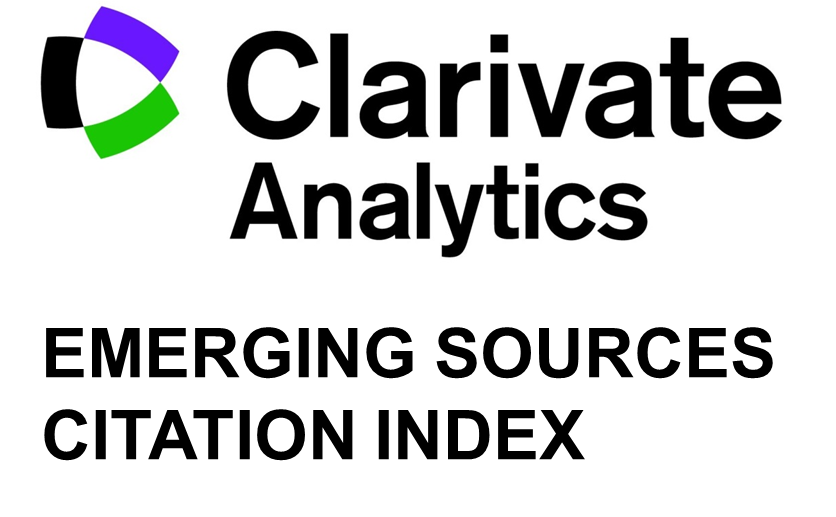Internal Audits of Frauds in Accounting Statements of a Construction Company
Keywords:
Management, balance sheet, assets, construction industry, construction company, financial crisis.Abstract
The purpose of the research is to examine the volume of assets in the balance sheet of the construction company X and in the construction industry. We compare company X's data with the data of the construction industry and carry out statistical analysis of the arithmetic mean of the assets (t-test). If the differences in data 2008/2012 between the construction company X and the construction industry are high, the internal auditor should take care of possible risks of frauds in accounting statements of the company. If the amount of construction industry's assets is not growing, the construction activity is not recovering and the risk for frauds is greater. The observation period is from 2008 to 2012. The findings of the research of balance sheet’s assets help us to set up the steps in controlling activities using by the internal auditor to avoid frauds in balance sheet's assets. One of the main accounting statements of the company is the balance sheet. Developments in the construction industry affect future economy. It is very difficult to say that a company or activity recovers if the volume of assets of the construction industry is decreasing. It also means the financial crisis is still ongoing and the risks of frauds are greater. The management of the company X should have internal audits to prevent from frauds in accounting statements. Internal auditing consists of internal monitoring of different processes in the accounting system. We recommend to management of construction company X to introduce internal auditing and set up different organizational internal controls for preventing frauds in the accounting statement, for example to introduce responsibilities of employees in accounting or finance, to introduce IT control in accounting statements – to introduce the reporting of deviations of planned and realized data of financial statements, to initiate cross-checks in IT system.
Downloads
Published
Issue
Section
License
Copyright (c) 2016 Tatjana Horvat, Martin Lipičnik

This work is licensed under a Creative Commons Attribution-NonCommercial 4.0 International License.














